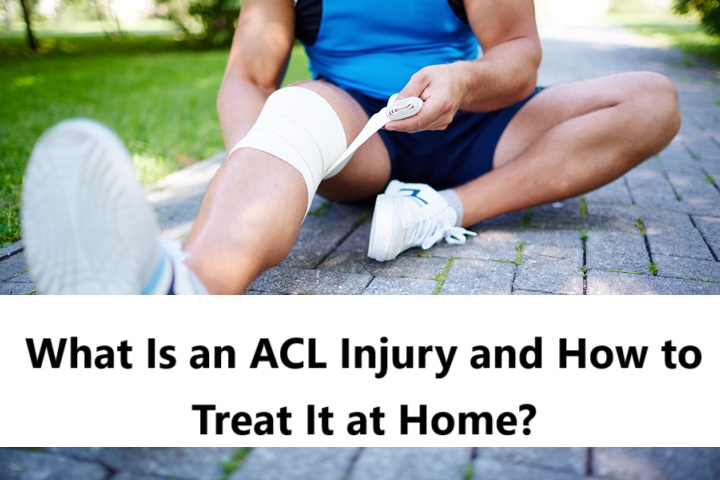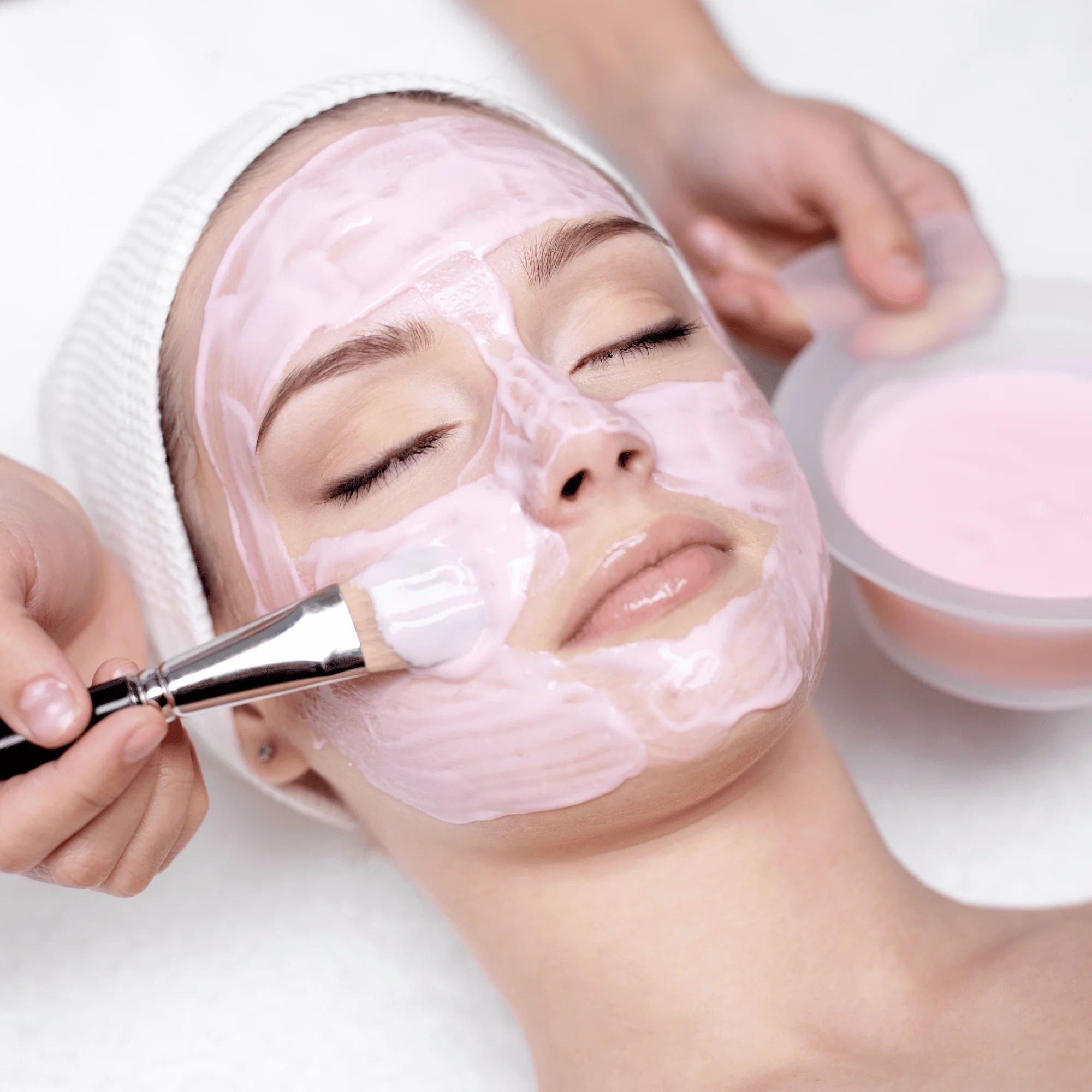The knee is a crucial joint of the musculoskeletal system. It allows the human race to lead an active and meaningful life. However, an ACL injury can be debilitating. To learn more about it and the treatment, read this post till the end.
Knee Anatomy
The knee is made up of the following components.
- The Femur – the thigh bone
- The Tibia – the leg bone
- The Fibula – narrowed long bone running along the tibia or shine bone
- Articular Cartilage – a continuous layer of soft tissue over a bone end
- Meniscus – soft-tissue pad found between bone ends in each knee
- Ligaments – a tissue band connecting one bone to another
- Tendons – a tissue band connecting a muscle to a bone
- Bursa – a fluid-filled bag
- Synovial Membrane – lining that lubricates the joint
- Muscles
- Nerves
All these parts play different roles and provide functionality to the knee joint.
The ligament is our area of interest for the subject matter of this post.
A ligament is a band of soft tissue that binds one bone end to another in a joint. There are four ligaments that provide stability as far as the knee joint is concerned.
Namely, these are
- ACL or Anterior Cruciate Ligament
- PCL or Posterior Cruciate Ligament
- LCL or Lateral Collateral Ligament
- MCL or Medial Collateral Ligament
Let’s talk about ACL injuries in detail in the following section.
ACL Injuries
We have learned about ACL in the previous section. It is a ligament and part of knee anatomy.
The following are the reasons for ACL injuries.
- Trauma, i.e., direct blows, hits to the knee or even collisions between players
- Harmful Movements, i.e., cutting, pivoting, or awkward landings from jumps
- Poor Conditioning, i.e., lack of exercise, or training
- Previous Injuries, i.e., already overused or even slightly stretched ACL
- Health Issues, i.e., overweight, arthritic joint, etc
Grades
An injury can impact the Anterior Cruciate Ligament in several ways. These injuries are thus categorised into three sections.
- Grade 1: Mild Stretching
- Grade 2: Partial Tearing
- Grade 3: Complete Tearing
Ligament injuries are also called sprains.
Grade 1 ACL sprain is just a case of mild stretching. However, the other two are severe. When an ACL is partially torn, it is called a Grade 2 injury, and when it is completely torn, it is referred to as a Grade 3 injury.
All these injuries lead to different symptoms and require different courses of treatment for effective results.
Symptoms
Based on the severity of the injury, the affected person experiences discomfort at the physical level.
- Popping at the time of injury
- Swelling in a short time
- Debilitating pain
- Inability to bear weight on the knee (or the condition of giving way)
- Reduced range of motion
Diagnosis
ACL injuries are diagnosed with an MRI test. However, this might not be suitable for everyone. Thus, in that case, CT scanning is preferred for clear and detailed pictures of internal knee structures.
MRI isn’t suitable for everyone as it leverages the power of magnetism that can interfere with metal implants in the patient’s body from previous surgeries.
Home Remedies
After a knee injury, make sure the following first aid is ensured.
Rest: Don’t move the affected leg any more. Put it at rest. It helps prevent the situation from becoming worse.
Ice: Immediately after the injury, put an ice pack on the knee. It will help reduce the post-injury swelling. Put the ice pack for some time (10-15 minutes at a time) approximately and then leave it for the following 2 hours.
Compression: Take a compression bandage and wrap it around the injured knee. Don’t make it too tight or too loose. Ensure the right balance to abate post-injury inflammatory responses.
Elevation: Lie down on the back and keep the injured knee elevated at the heart level.
This first-aid model is popularly known as R.I.C.E.
If this doesn’t provide relief, ensure you consult a doctor for an accurate diagnosis and treatment that will work. Maybe, you have torn your ligament and thus might need the best arthroscopic surgeon in Delhi NCR to handle your case!
Treatments
Grade 2 or 3 ACL injuries need medical attention and care more than just simple home remedies like resting and first aid, i.e., R.I.C.E.
For them, doctors offer the following treatments.
Physiotherapy: This helps promote the healing and strengthening of the knee parts, including the ligaments. From mild stretches to grade 3 injuries, physiotherapy is an essential part of all courses of treatment designed to cure ACL damage.
This therapy includes specialised exercises, massages and prevention education.
Biologics: This category of treatment includes commonly PRP and BMAC.
PRP is the treatment wherein platelets are centrifugally separated from the blood in a dense form called a platelet-rich plasma concentrate. Afterwards, this concentrate is injected into the affected knee, into the injured ACL.
Platelets are rich in growth factors that promote healing or, to be more precise, help with damaged tissue’s capacity to regenerate itself.
Additionally, BMAC refers to Bone Marrow Aspirate Concentrate. This treatment utilises the regenerative abilities of stem cells to aid the healing of damaged tissue.
Biological therapies are often used along with the surgical interventions mentioned below.
Arthroscopy: It is a minimally invasive surgical procedure that is done with an arthroscope and other pencil-thin narrowed instruments. A Grade 2 or partial ACL tear requires repair treatment while a complete tear or Grade 3 needs reconstruction treatment.
Through arthroscopy, a partially torn ligament is sutured. It is a cut-less and stretch-less intervention.
Furthermore, there is ACL reconstruction surgery. The completely torn ligament is arthroscopically replaced with graft tissue. The graft is primarily prepared from the healthy part of the patient’s body or a donor’s, especially tendons.
Which treatment option, mentioned above, is suitable or when to use it for effective treatment, will always be decided by a knee specialist or orthopedic doctor.
Conclusion
All ACL injuries cannot be treated at home. If the pain and discomfort don’t go away with the R.I.C.E. technique, it might need medical attention.
To learn about the ACL surgery cost in Delhi, it is best that you consult a doctor personally. They will provide you with the most personalised advice and guidance, ultimately ensuring the treatment the damaged ACL needs.




